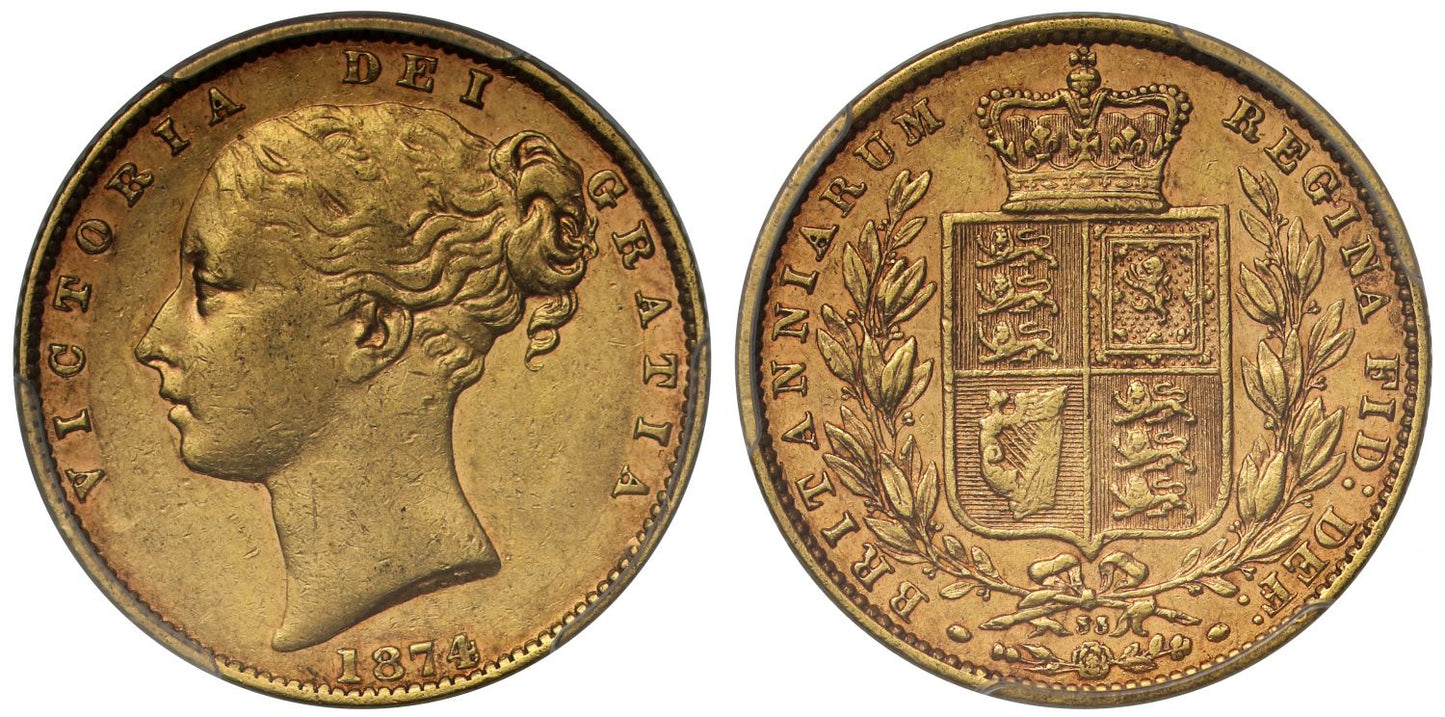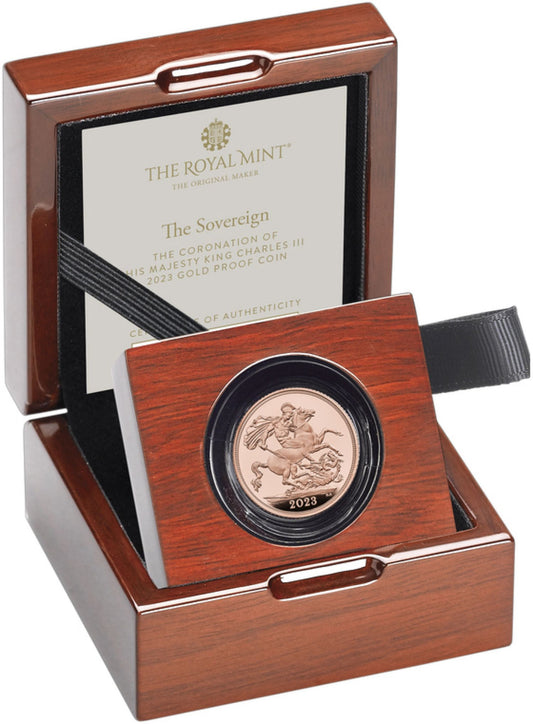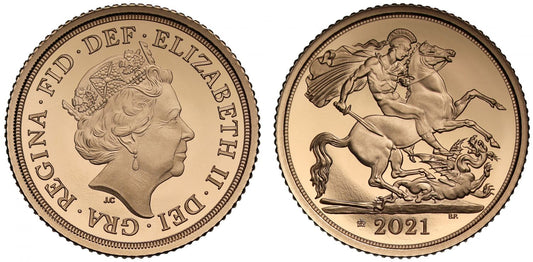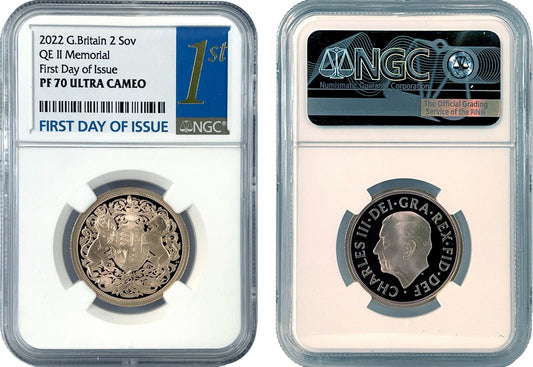FAQs
What makes a coin valuable?
I have coins to sell, what’s the next step?
How will my purchases be shipped?
What happens if I’m not entirely happy with my purchase?
Victoria 1874 Sovereign shield reverse die number 33 London PCGS AU50
Victoria (1837-1901), gold Sovereign, 1874, die number 33, young head left, date below, W.W. raised on truncation for engraver William Wyon, Latin legend and toothed border surrounding, VICTORIA DEI GRATIA, rev. crowned quartered shield of arms within laurel wreath, die number 33 and emblems below, Latin legend and toothed border surrounding, BRITANNIARUM REGINA FID: DEF:, edge milled, 7.98g (Bentley 301; Hill 58 R4; Bull EGC 1176 R4; MCE 537; S.3853B). Toned, particularly around the peripheries, light bagmarks and signs of general circulation wear, some subdued mint lustre, graded by PCGS as AU50, extremely rare die number.
PCGS Certification 206986.50/81401528.
Calendar Year Mintage 520,713.
The Latin legend on the obverse translates as "Victoria by the Grace of God", and continuing on the reverse as "Queen of the Britons, Defender of the Faith".
The young head Gold Sovereign of Victoria by William Wyon is one of, if not the most popular types of Sovereign within the whole series from George III to present day; in terms of its popularity amongst collectors, dealers and consistent market demand.
There are reasons underpinning this broad theory such as accessibility, aesthetic appeal and overall design, as well as a long comprehensive reign giving rare dates and multiple die number variations coupled with the diversity of branch mints from 1871-87 as well as proofs and patterns, resulting in multiple collecting options for the young head Sovereign connoisseur.
In terms of how the young head is portrayed, designed and engraved by William Wyon (1795-1851) it is unquestionably iconic, regal, elegant and prestigious. The way in which the great exhibition of 1851 was a symbol of quintessential Victorian society, equally the young head Sovereign is as much a memorial to this time in history as any other reference point.
1874 represents the last year for the shield Sovereign at the London Royal Mint and is one of the rarest, certainly the rarest in the die numbered series. The calendar year mintage for the Sovereign this year is a mere 520,713 but this number also includes the more numerous St George reverse pieces which were introduced for the 1871 date in London. The shield reverse must have totalled a mere fraction of this mintage. The shield Sovereigns of the period 1863-74 have individually numbered dies, a way of identifying which press on which journey of which day minted the coinage, a form of quality control at source.
The 1874 London Shield back Sovereign are known to have been struck utilising only four distinct reverse dies which carry die numbers - in order of rarity these die numbers are as follows 35, 33, 28, 32 which appear below the reverse quartered shield of arms below the ribbon tie of the wreath. Michael Marsh when writing in the 1980s suggested dies 12, 15 and 34 may also exist but they have not yet been physically seen and therefore their existence remains theoretical. Whether there are only four surviving types of die number of theoretically seven, the number is very small especially when compared to the more than 100 dies used for 1871 and 1872 not long previously.
The Royal mint annual report of 1874, fifth volume 5, outlines the following, "The year 1874 has not been remarkable for any excessive demand for gold (or silver coinage) - the Gold having been considerably below the average." There is further information outlining that the actual operations of the department had to be suspended for six weeks, this would have had an impact, or at the least obstructed the speed and fluidity of the mintage of all coins and their respective metals. The above helps illustrate that this year of 1874 was a less robust year for the mint in productivity terms - this translates into mintages and rarity indexes.
The engraver William Wyon (1795-1851), apprenticed in 1809 to his father Peter and engraved many dies for tokens and medals. In 1812 he visited London from Birmingham and won various gold medals via Society of arts competitions. Wyon may be known best for his representations of Queen Victoria, he engraved portraits of George IV and William IV, based on busts and models of Chantrey. The young head Sovereign is probably his most widely known work along with the Gothic Crown. He became an associate of the Royal Academy in 1831 and a full member as of 1838. He died in Brighton in the year of the great exhibition and his designs continued to be used on the young head coinage until as late as 1887.
FAQs
What makes a coin valuable?
I have coins to sell, what’s the next step?
How will my purchases be shipped?
What happens if I’m not entirely happy with my purchase?













